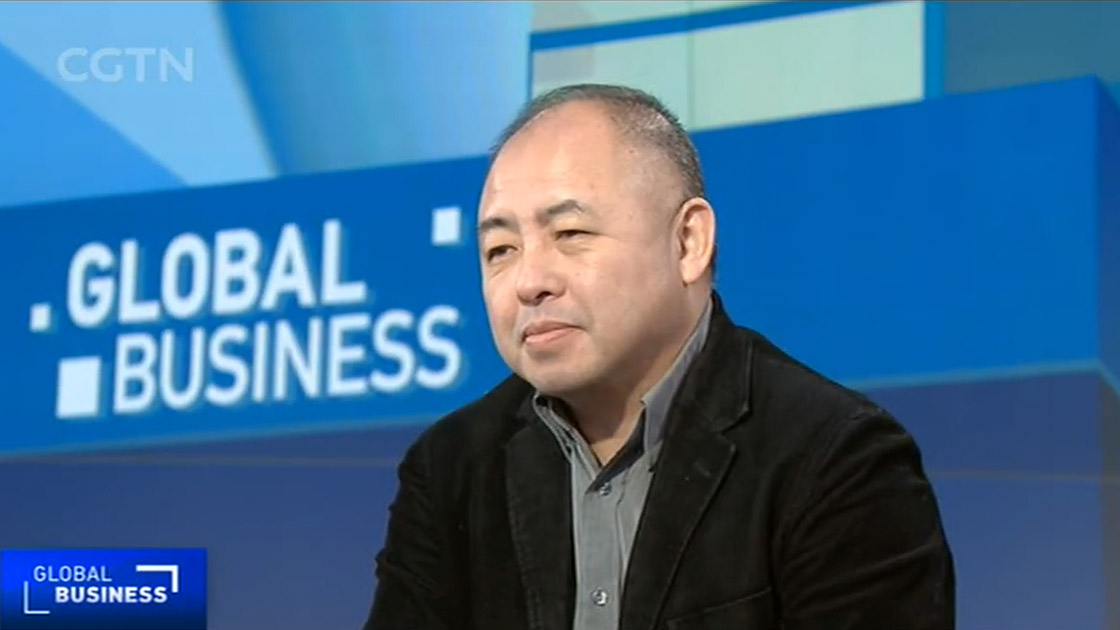03:58

China's South-North Water Diversion Project, the world's largest of its kind, has already diverted 29.4 billion cubic meters of water, supplying it to more than 120 million Chinese. However, an expert from Asian Development Bank (ADB) believes that more can be done on a micro level to improve water sustainability in the country.
Shen Yiyang, ADB's senior energy consultant, said the water diversion project has greatly improved water supply to people in northern China, including Beijing, Tianjin and Hebei. However, the country needs to figure out other means to conserve the resource, such as using technology to re-use water and reducing water consumption, he added.
"I think just in Beijing (which takes up to 70 percent of its water from the south), there is great potential to use recycled water. Like reusing water for car wash and toilets. Also, people's habits regarding water use can also be changed," he said.
Shen also suggested making curricula for middle and elementary school students on water conservation.
China's water woes
China's available water per person is roughly one-third to one-quarter of the global average. Last month, Chinese Premier Li Keqiang said new channels were needed to deliver more water north and tackle growing supply concerns.
On the fifth anniversary of the opening of the project's east and central routes, China's Water Resources Ministry said it's working hard on the western route to complete the South-North Water Diversion Project, which costs 71 billion U.S. dollars (about 499 billion yuan).
Water is abundant in southern China but scarce in the north. Therefore, the massive infrastructure project aims to resolve water shortage issues in cities like Beijing.

Shen Yiyang, ADB's senior energy consultant, said the water diversion project has greatly improved the water supply to people in northern China. /CGTN Photo
Shen Yiyang, ADB's senior energy consultant, said the water diversion project has greatly improved the water supply to people in northern China. /CGTN Photo
"Traditionally, wells in northern China lack water. The flow of volume in the Yellow River is decreasing after a long period of irrigation and other water usage," said Shen.
"Water is very precious, and now I think the Chinese government is trying hard to save water, such as [there is a] special authority that controls the volume and encourages smarter use of water. I think all these technologies and policies can increase China's capacity in the future. Another issue is to keep the water clean. That's also a big issue," he added.
The South-North Water Diversion Project was first proposed in 1952 to ease flooding in the south and drought in the north. However, there have been challenges in terms of costs and long-term impacts on the ecosystems.
"I think China is now the only country that can mobilize such a big project. On the other hand, we need to pay attention to environmental safeguards and resettlement issues. I am not saying we were making mistakes, but we can improve. We need to pay attention to this project, how it affects the ecosystem, the fisheries, the diversity of the ecosystem, also the resettlement of the people, ensuring the local people's lives are well protected," he said.